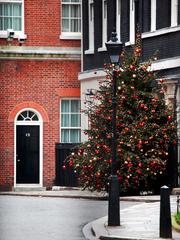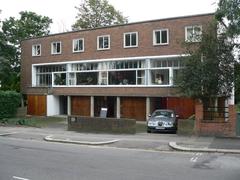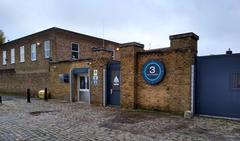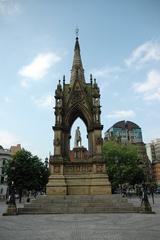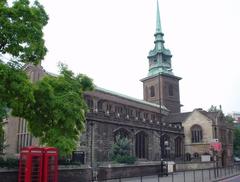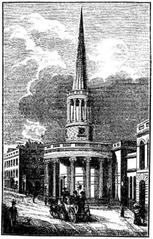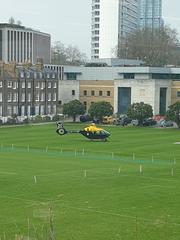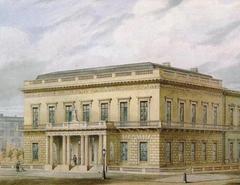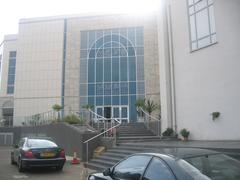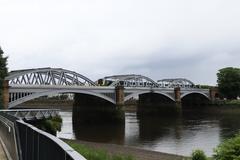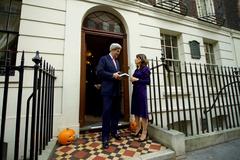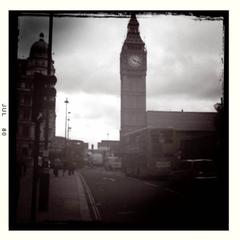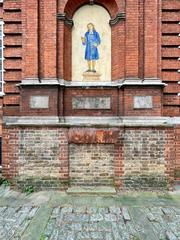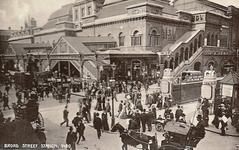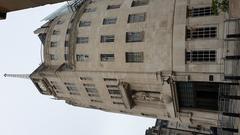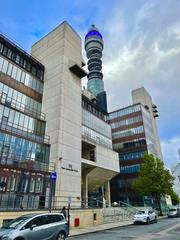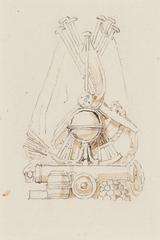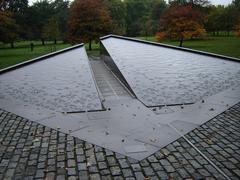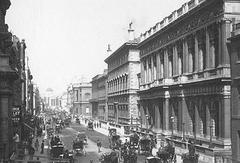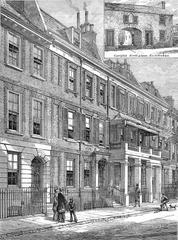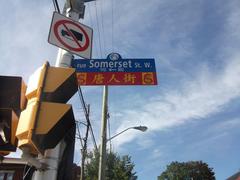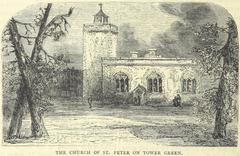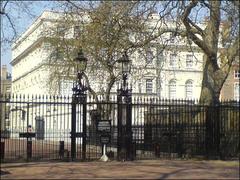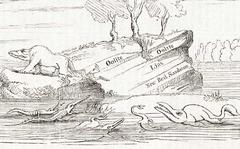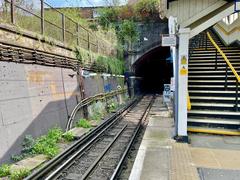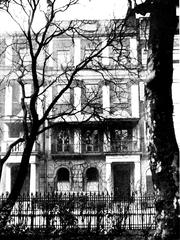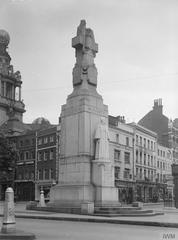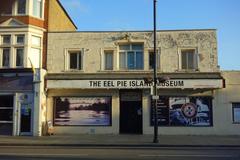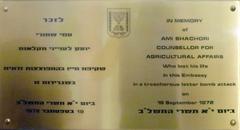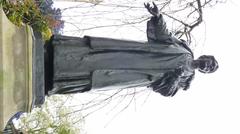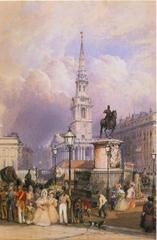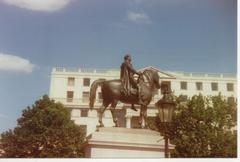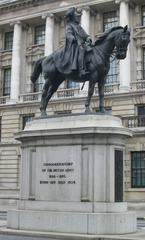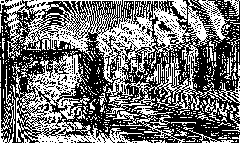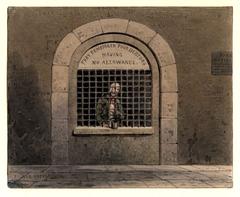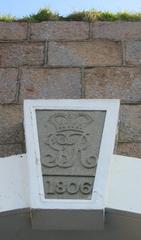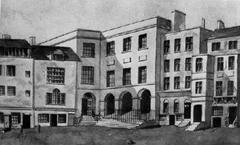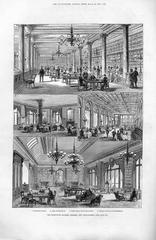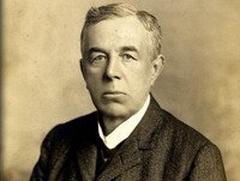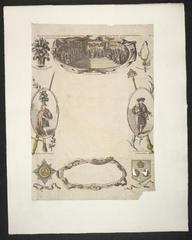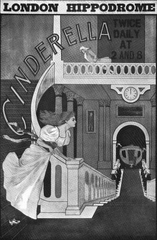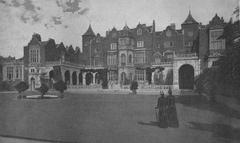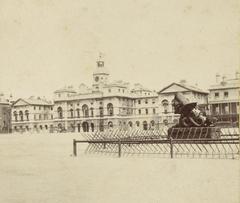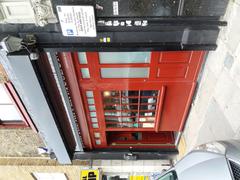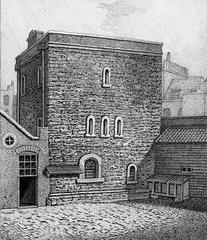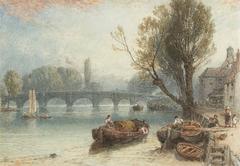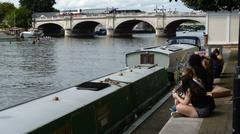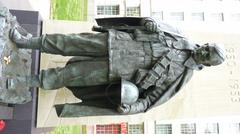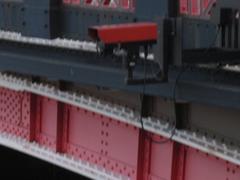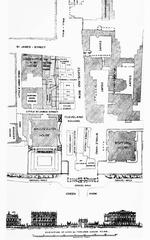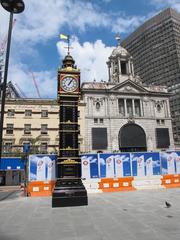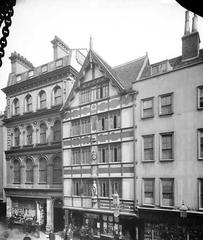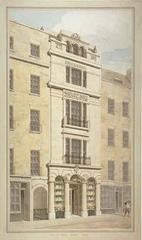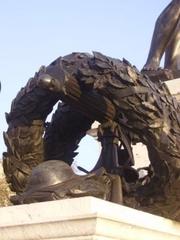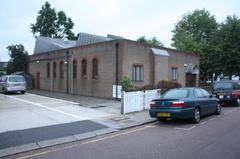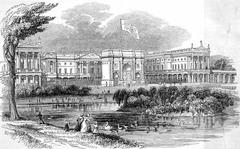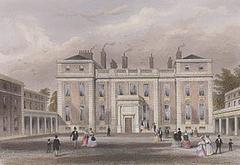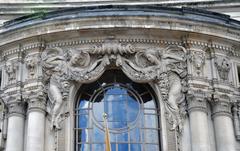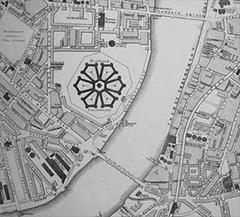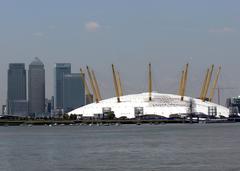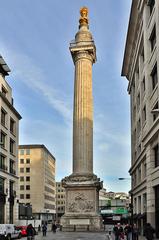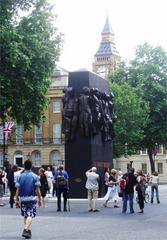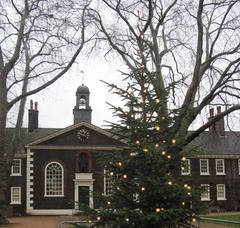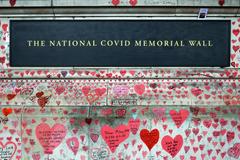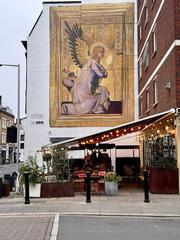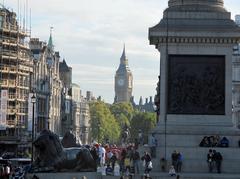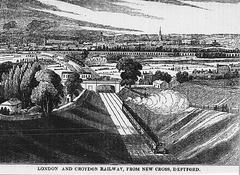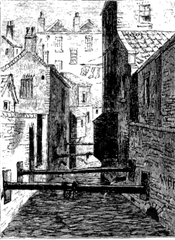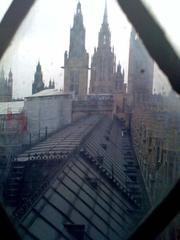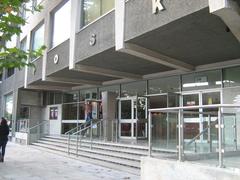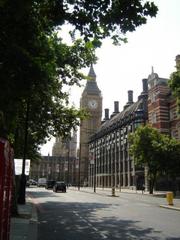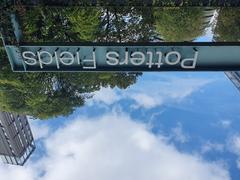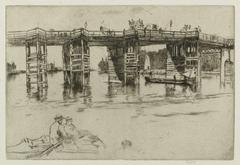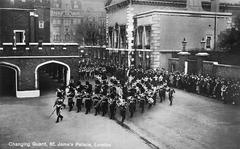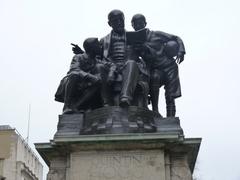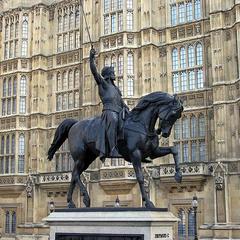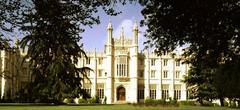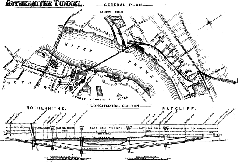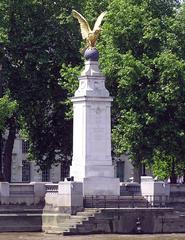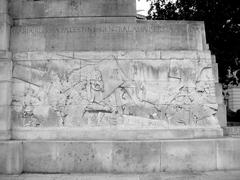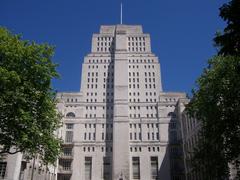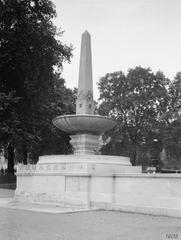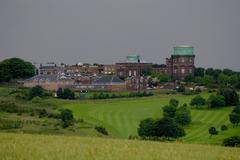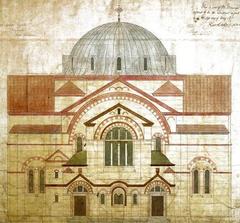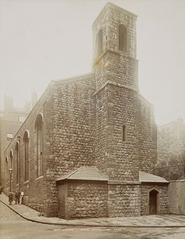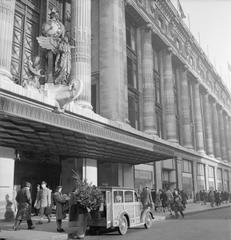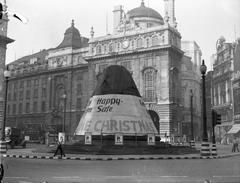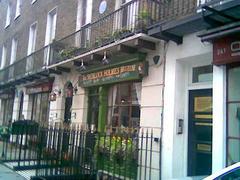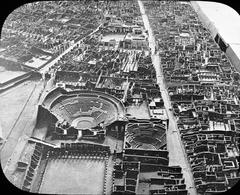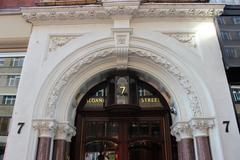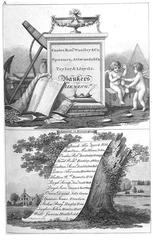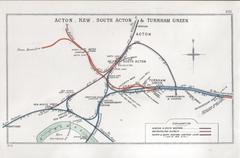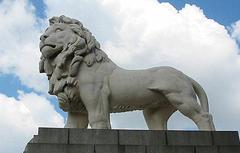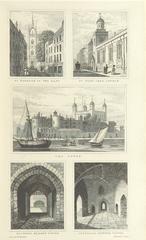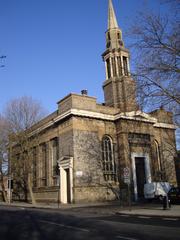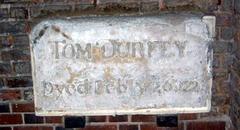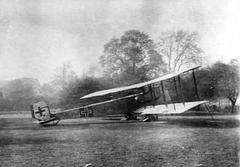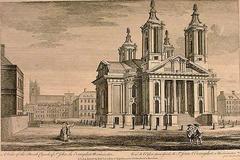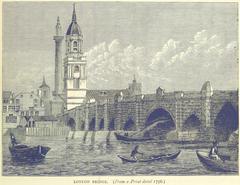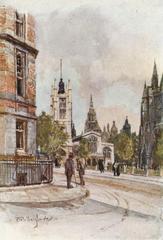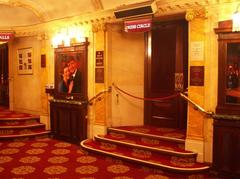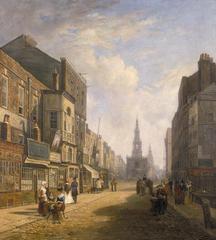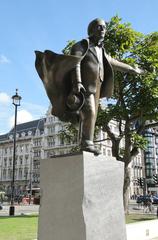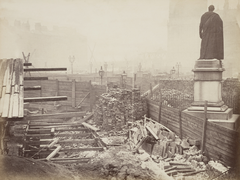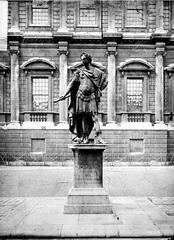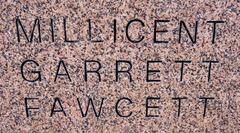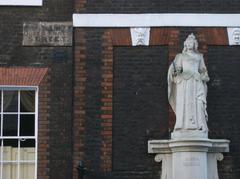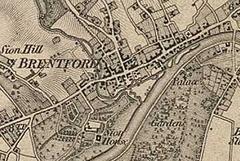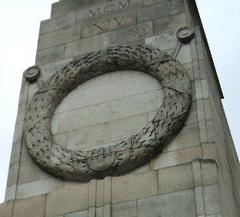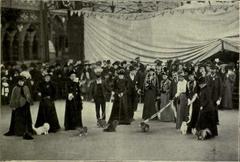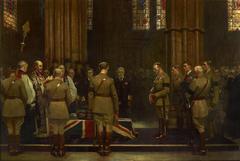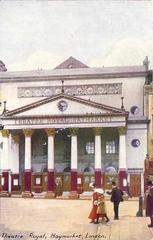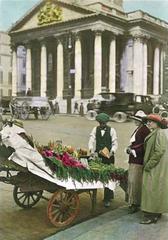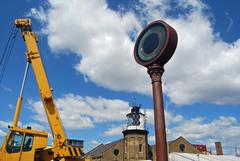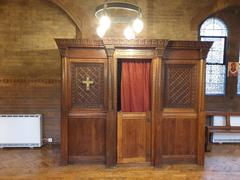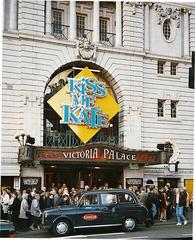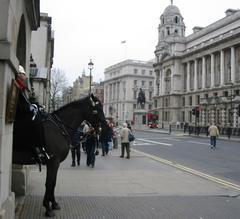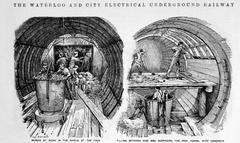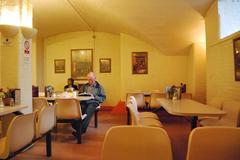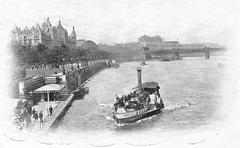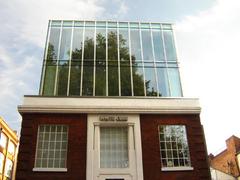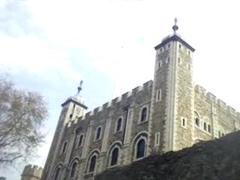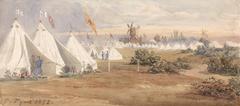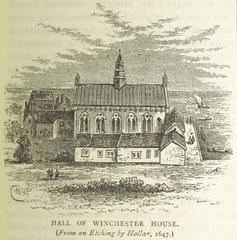
Comprehensive Guide to Visiting Chislehurst Caves, London, United Kingdom
Date: 19/07/2024
Introduction
Chislehurst Caves, situated in the London Borough of Bromley, offer a unique underground adventure that spans centuries. These man-made tunnels, extending over 22 miles, serve as a testament to human ingenuity and resilience. From their early use for chalk and flint mining in the 13th century to becoming an air-raid shelter during World War II, the caves have played a vital role in various historical epochs. In modern times, they have evolved into a popular tourist destination, attracting history enthusiasts, curious travelers, and even music lovers, thanks to performances by legends like David Bowie and Jimi Hendrix. This comprehensive guide aims to provide visitors with all the essential information needed for a memorable visit, including historical insights, practical travel tips, and nearby attractions. Whether you are a history buff, geology enthusiast, or simply seeking an unforgettable experience, Chislehurst Caves offer something for everyone. For more detailed visitor information, check the official website.
Table of Contents
- Introduction
- History of Chislehurst Caves
- Visitor Information for Chislehurst Caves
- Nearby Attractions
- Preservation and Conservation Efforts
- FAQ Section
- Conclusion
- References
History of Chislehurst Caves
Early Origins and Usage
Chislehurst Caves have a rich history dating back to at least the 13th century. Initially, the caves were not natural formations but man-made tunnels created through the extraction of chalk and flint. These materials were essential for various purposes, including building and agriculture. The earliest documented evidence of the caves dates back to 1250 AD, although some historians speculate that the caves could be even older, possibly dating back to the Roman era.
Medieval and Post-Medieval Periods
During the medieval period, the caves were primarily used for chalk mining. The extracted chalk was used in the construction of buildings and as a soil conditioner in agriculture. Flint, another material mined from the caves, was essential for making tools and weapons. The extensive network of tunnels, which spans over 22 miles, was gradually expanded over the centuries. By the 17th century, the caves had become a significant source of flint, which was in high demand for the production of flintlock firearms.
19th Century - Industrial and Recreational Use
In the 19th century, the caves saw a shift in their usage. With the advent of the Industrial Revolution, the demand for chalk and flint decreased, leading to a decline in mining activities. However, the caves found new purposes. They became a popular site for mushroom cultivation due to the constant temperature and humidity levels. Additionally, the caves were used for storage, particularly for wine and other perishables.
The 19th century also marked the beginning of the caves’ use for recreational purposes. They became a popular tourist attraction, with guided tours being offered to the public. The mysterious and labyrinthine nature of the caves fascinated visitors, and they were often used for events and gatherings.
World War II - Air-Raid Shelter
One of the most significant periods in the history of Chislehurst Caves was during World War II. As the threat of aerial bombings loomed over London, the caves were repurposed as an air-raid shelter. In 1940, the caves were officially opened to the public as a shelter, providing refuge for up to 15,000 people during the Blitz. The caves were equipped with basic amenities, including bunk beds, a hospital, a chapel, and even a cinema. The extensive network of tunnels provided a safe haven for families, and the caves became a small underground community during the war years.
Post-War Period and Modern Usage
After World War II, the caves returned to their role as a tourist attraction. However, they also found new uses in the post-war period. In the 1960s and 1970s, the caves became a popular venue for music events. Notable artists such as David Bowie and Jimi Hendrix performed in the caves, adding to their cultural significance.
Today, Chislehurst Caves continue to be a popular tourist destination. They offer guided tours that delve into the rich history of the caves, from their early mining days to their role as a wartime shelter. The caves also host various events, including ghost tours and educational programs, making them a versatile and enduring attraction.
Visitor Information for Chislehurst Caves
Ticket Prices and Opening Hours
Visitors can explore Chislehurst Caves through guided tours, which are available on weekends and bank holidays. Tickets can be purchased on-site or online. As of July 2024, ticket prices are:
- Adults: £8.00
- Children (3-15 years): £5.00
- Seniors (60+): £7.00
- Family Ticket (2 adults and 2 children): £22.00
Check the official website for the most up-to-date information.
Guided Tours and Special Events
Guided tours last approximately 45 minutes and provide an in-depth look at the history and significance of the caves. Special events, such as ghost tours and educational workshops, are also held regularly.
Accessibility and Travel Tips
The caves are accessible by public transport, with Chislehurst station being the nearest railway station. There is also parking available for those traveling by car. While the caves are generally accessible, visitors with mobility issues should contact the site in advance to ensure their needs can be accommodated. The caves maintain a constant temperature of around 10°C (50°F) throughout the year, so it is advisable to wear warm clothing even during the summer months. Comfortable, sturdy footwear is essential as the ground can be uneven and slippery in places.
Nearby Attractions
Chislehurst Caves are located near several other historical sites and attractions. Visitors can explore the nearby Scadbury Park, a local nature reserve with beautiful walking trails and the ruins of a medieval manor house. Additionally, Chislehurst Commons offers open spaces perfect for a relaxing stroll or a family outing. For a bit of shopping and dining, head to The Royal Parade in Chislehurst, which features boutique shops, cafes, and restaurants.
Preservation and Conservation Efforts
Preserving the historical and cultural heritage of Chislehurst Caves is of paramount importance. Various conservation efforts have been undertaken to maintain the structural integrity of the caves and to protect the artifacts found within them. The caves are managed by a dedicated team that ensures they remain safe and accessible to the public. Additionally, ongoing research and archaeological studies continue to uncover new information about the caves, contributing to our understanding of their historical significance.
FAQ Section
Q: What are the visiting hours for Chislehurst Caves?
A: The caves are open from Wednesday to Sunday, with tours starting at 10:00 AM and the last tour at 4:00 PM. Check the official website for specific opening hours.
Q: How much are tickets for Chislehurst Caves?
A: Ticket prices vary for adults, children, and families. Visit the official website for the latest pricing information.
Q: Are the caves accessible for visitors with mobility issues?
A: While the caves are generally accessible, it is recommended to contact the site in advance to discuss specific needs.
Q: Are the caves suitable for children?
A: Yes, children will find the caves fascinating, but it is advisable to keep a close watch on them due to the uneven terrain and narrow passages.
Q: Can I take photos inside the caves?
A: Yes, photography is allowed, but the use of flash is restricted to protect the delicate environment of the caves.
Q: Is there parking available?
A: Yes, there is a parking lot available for visitors at the site.
Q: How long is the guided tour?
A: The guided tour typically lasts about 45 minutes to an hour.
Q: Can I take my pet?
A: Only guide dogs are allowed inside Chislehurst Caves.
Conclusion
Chislehurst Caves stand as a remarkable blend of history, culture, and adventure, making them a must-visit destination for anyone in London. Their rich history, from medieval mining to serving as a World War II air-raid shelter, provides a fascinating glimpse into the past. Today, the caves continue to captivate visitors with guided tours, special events, and educational programs. Additionally, ongoing preservation efforts ensure that this historical treasure remains accessible for future generations. For those planning a visit, the caves offer a unique, immersive experience that is both educational and entertaining. Don’t miss the nearby attractions such as Scadbury Park and Chislehurst Commons, which add more layers to your historical exploration. For more information and to plan your visit, check the official website and consider following on social media for the latest updates.
References
- Chislehurst Caves Official Website https://www.chislehurst-caves.co.uk.
- National Rail https://www.nationalrail.co.uk.
- Scadbury Park https://www.bromley.gov.uk/directory_record/242/scadbury_park.
- Chislehurst Commons https://www.chislehurstcommons.uk.
- Bull’s Head Hotel https://www.bullsheadhotel.co.uk.


